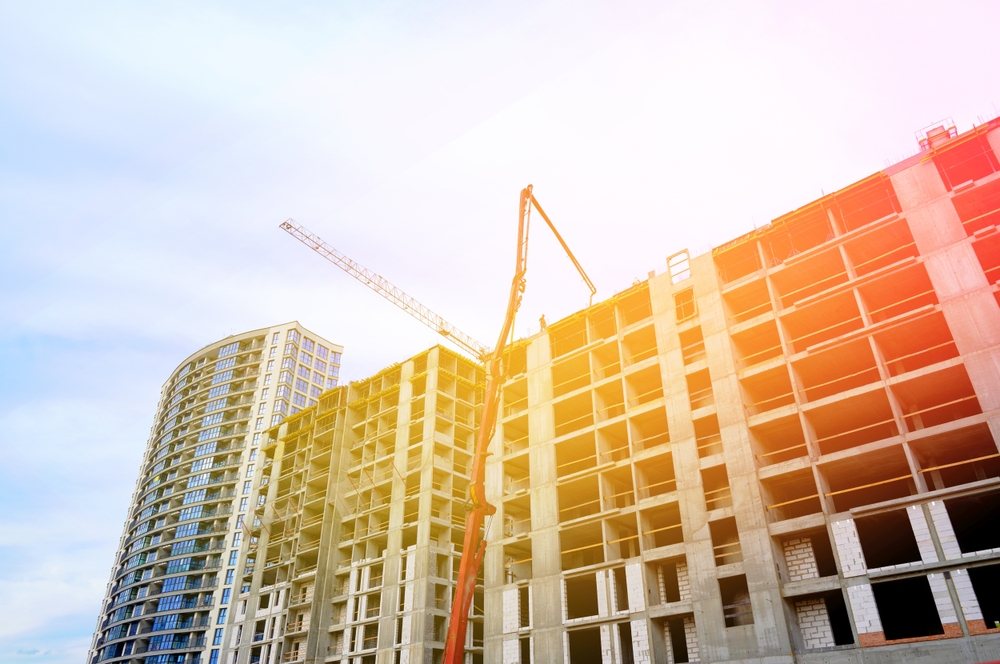Commercial Design and Build: A Smart Approach
Commercial Design and Build: A Smart Approach to Business Construction
Introduction
In today’s competitive business environment, companies seek efficient, cost-effective, and innovative construction solutions. Commercial Design and Build is a streamlined approach that combines design, engineering, and construction under a single contract. This method eliminates inefficiencies, reduces project timelines, and ensures quality control—making it a preferred choice for commercial developments.
What is Commercial Design and Build?
Commercial Design and Build is a construction approach where one entity manages the entire project, from concept and planning to design and construction. Unlike traditional methods, where designers and builders work separately, this integrated system fosters better coordination, faster project delivery, and cost savings.
Key Features of Commercial Design and Build
✅ Single-Point Responsibility – One firm manages both design and construction.
✅ Faster Project Completion – Reduces delays caused by miscommunication between teams.
✅ Cost Efficiency – Keeps projects within budget and avoids unexpected expenses.
✅ Customization – Businesses get tailored solutions that match their operational needs.
✅ Sustainable Construction – Incorporates energy-efficient and eco-friendly materials.
Why Businesses Prefer Commercial Design and Build?
1. Streamlined Communication & Coordination
With one team handling planning, design, and execution, there are fewer miscommunications and delays.
2. Reduced Costs & Predictable Budgeting
By integrating design and construction, businesses avoid cost overruns and get better budget control.
3. Faster Project Completion
Since design and construction phases overlap, projects are completed significantly faster than traditional methods.
4. Tailored for Business Needs
Commercial buildings require customized layouts to enhance efficiency, workflow, and customer experience.
5. Higher Quality Standards
A single entity is responsible for the entire process, ensuring better quality control and accountability.
Types of Commercial Design and Build Projects
1. Office Spaces and Corporate Buildings
Companies require ergonomic, functional, and aesthetic office spaces to improve productivity and employee satisfaction.
2. Retail Stores and Shopping Complexes
Retailers benefit from customized store designs that enhance customer experience and brand visibility.
3. Hospitality and Hotel Construction
Hotels, resorts, and restaurants need efficient space utilization, modern designs, and eco-friendly solutions.
4. Industrial and Warehousing Facilities
Factories and warehouses require optimized layouts, advanced technology, and sustainable construction methods.
5. Healthcare and Institutional Buildings
Hospitals, clinics, and schools require specialized designs for safety, accessibility, and operational efficiency.

Comparing Commercial Design and Build with Traditional Construction
| Feature | Commercial Design and Build | Traditional Construction |
|---|---|---|
| Project Management | Single entity manages all | Separate teams for design & build |
| Completion Time | Faster due to integration | Slower due to coordination issues |
| Cost Efficiency | Better budget control | Higher chances of cost overruns |
| Customization | Tailored to business needs | Often follows standard designs |
| Quality Assurance | Consistent quality control | Quality may vary across teams |
How Commercial Design and Build is Transforming India’s Business Landscape
India’s commercial sector is witnessing a growing shift towards design-build models for better efficiency and cost control.
🔹 Economic Times states that companies prefer design-build contracts due to their time and cost efficiency.
🔹 Construction World highlights how integrated design and construction models lead to higher project success rates.
Steps in the Commercial Design and Build Process
1. Consultation & Planning
Understanding the business’s goals, budget, and timeline to create a feasible project plan.
2. Architectural & Engineering Design
Creating a functional and visually appealing layout, ensuring compliance with local regulations.
3. Cost Estimation & Budget Approval
Providing a detailed cost breakdown, including materials, labor, and timelines.
4. Construction Execution
Managing the entire build process, ensuring timely completion with quality assurance.
5. Handover & Post-Construction Support
Delivering a ready-to-use commercial space with maintenance and support services.
Choosing the Right Commercial Design and Build Firm
✅ Experience in Commercial Projects
Choose a firm with a proven track record in business construction projects.
✅ Adherence to Industry Standards
Ensure compliance with Indian building codes and environmental regulations.
✅ Use of Technology & Innovation
Opt for firms that integrate smart building technologies and sustainable materials.
✅ Transparent Pricing & Contracts
A good contractor provides detailed cost estimates with no hidden charges.
✅ Client Testimonials & Past Projects
Check reviews and portfolios to evaluate the firm’s reliability and expertise.
Conclusion
Commercial Design is the future of business construction, offering cost-efficient, time-saving, and customized solutions. Whether you’re building an office, retail space, warehouse, or hotel, this integrated approach ensures seamless execution and high-quality results.
For expert Commercial Design and Build Services, contact us today!
Construction Industry in India
- One of India’s largest construction and engineering companies, Campus Construction Cost Optimization provides services including project management, cost control, and engineering consultancy. For detailed information on their offerings, visit. Construction Industry in India
Read more related articles to enhance your knowledge and make informed decisions
10 Essential Steps in the Building Construction Process
How to Choose the Right Materials for Your Construction Project


